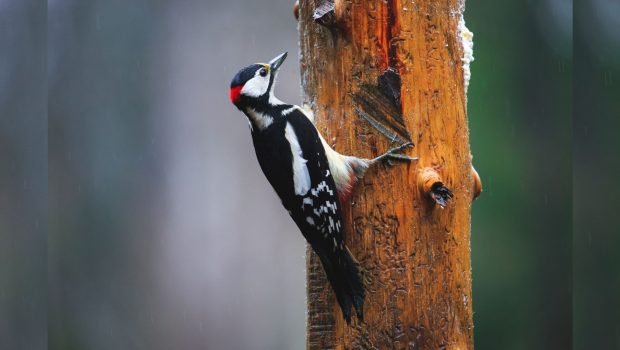5 animal instincts that inspired technology
1. Navigation
Using echolocation, bats are able to fly in complete darkness. They emit sound and ultrasound waves, then monitor the time and magnitude of these waves’ reflections to create three-dimensional spatial maps of their surroundings.
The sensors that identify obstacles when reversing in many modern cars are inspired by bat navigation. The direction and distance of an obstacle is calculated by emitting ultrasound waves which reflect off objects in a car’s path.
Sensory navigation technologies have also been proposed to improve the safety of those with restricted vision. Ultrasound sensors installed on the human body would offer sound-based feedback of a person’s surroundings. This would allow them to move more freely by eliminating the threat of obstacles.
2. Construction equipment
Woodpeckers knock on the hard surface of trees to forage for food, build nests and attract a mate. Construction tools, such as handheld hydraulic and pneumatic hammers, mimic the vibrating bill of a woodpecker using a frequency roughly equivalent to a woodpecker’s hammering (20 to 25 Hz).
But the vibration of these power tools can damage the hands of construction workers. This can, in some cases, cause vibration white finger, a condition where sufferers experience permanent numbness and pain in their hands and arms.
Research is now studying how woodpeckers protect their brains from the impact of repeated drilling. One study found that woodpeckers have several impact-absorbing adaptions that other birds do not have.
Their skull is adapted to be tough and hard, and their tongue wraps around the back of the skull and anchors between their eyes. This protects a woodpecker’s brain by softening the impact of the hammering and its vibrations.








Gloss